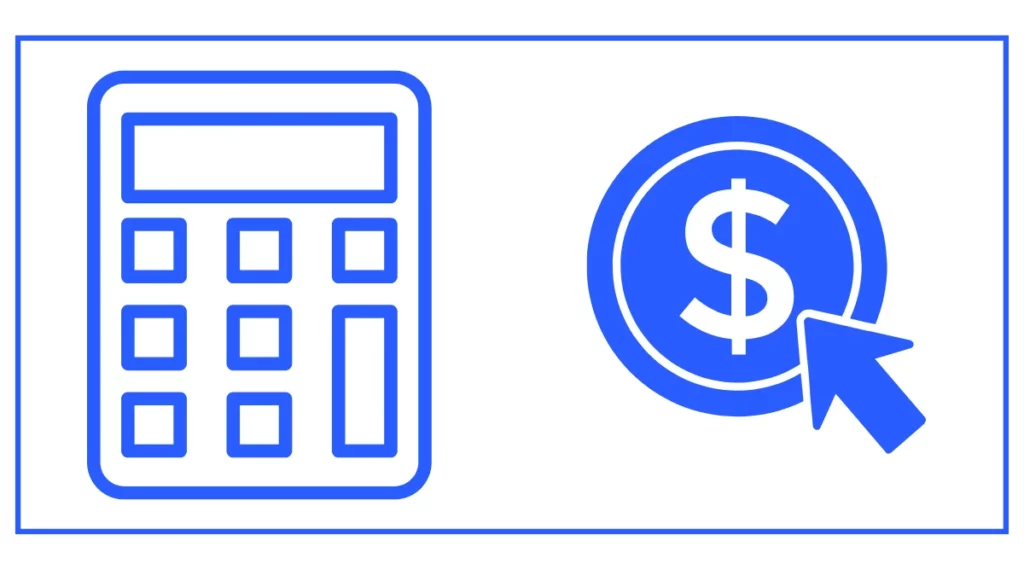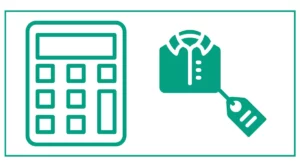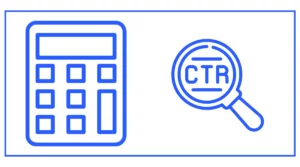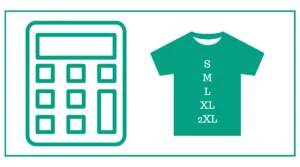CPC Calculator (Cost Per Click)
The Cost per click calculator helps you calculate the total number of clicks, CPC, and CPM of an advertising campaign.
To use the calculator, enter the number of impressions, click-through rate, and the total amount you spent during the campaign.
If you do not know, CPC is the amount you pay to the advertising platform for each click you receive during an advertising campaign.
Whether you run Google Ads or META ads, you must watch the CPC.
Nowadays, bloggers even use the CPC as the criteria for selecting their article topics, as it can result in more revenue by showing high CPC ads on their websites.

You might be interested in calculating the Lead time.
What is CPC (Cost Per Click)?
Cost Per Click, commonly abbreviated as CPC, is a digital advertising metric that measures the cost an advertiser pays for each click on their ad. This pricing model is widely used in pay-per-click (PPC) advertising campaigns, where advertisers only pay when someone clicks on their ad.
How to Calculate CPC
The CPC formula is straightforward:
CPC = Total Cost / Number of Clicks
For example, if you spent $100 on an advertising campaign that generated 50 clicks, your CPC would be:
CPC = $100 / 50 = $2
This means you’re paying $2 for each click on your ad.
Importance of CPC in Digital Advertising
CPC is a crucial metric for several reasons:
- Budget Management: It helps advertisers control their spending by setting a maximum CPC bid.
- Performance Measurement: CPC allows you to assess the cost-effectiveness of your ads.
- ROI Calculation: By comparing CPC to the value of a conversion, you can determine your return on investment.
Understanding CPM (Cost Per Mille)
Cost Per Mille, or CPM, is another important metric in digital advertising. The term “mille” means thousand in Latin, so CPM represents the cost per thousand impressions. An impression occurs each time your ad is displayed, regardless of whether it’s clicked.
Calculating CPM
The formula for CPM is:
CPM = (Total Cost / Number of Impressions) x 1000
For instance, if you spent $500 on a campaign that generated 100,000 impressions, your CPM would be:
CPM = ($500 / 100,000) x 1000 = $5
This means you’re paying $5 for every thousand times your ad is displayed.
The Role of CPM in Advertising Strategies
CPM is particularly useful for:
- Brand Awareness Campaigns: When the goal is to increase visibility rather than immediate conversions.
- Display Advertising: Many display networks use CPM pricing.
- Comparing Costs Across Different Platforms: CPM provides a standardized way to compare costs across various advertising channels.
CPC vs. CPM: Which to Use?
The choice between CPC and CPM depends on your advertising goals:
- Use CPC when:
- Your primary goal is to drive traffic to your website
- You want to pay only for actual engagement with your ad
- You’re running a direct response campaign
- Use CPM when:
- Your main objective is to increase brand awareness
- You want to reach a large audience quickly
- You’re confident in your ad’s ability to generate a high click-through rate
The CPC and CPM Calculator
To help advertisers make informed decisions, we’ve provided a CPC and CPM calculator. This tool allows you to input your campaign data and quickly calculate these important metrics.
How to Use the Calculator
- Enter the number of impressions your ad received
- Input your Click-Through Rate (CTR) as a percentage
- Enter the total cost of your campaign
- Click “Calculate” to see your results
The calculator will then display:
- The number of clicks your ad received
- Your CPC
- Your CPM
This information can help you assess the performance of your campaigns and make data-driven decisions to optimize your advertising strategy.
Advanced Considerations
While understanding CPC and CPM is crucial, there are additional factors to consider for a comprehensive advertising strategy:
Click-Through Rate (CTR)
CTR is the percentage of people who click on your ad after seeing it. It’s calculated as:
CTR = (Number of Clicks / Number of Impressions) x 100
A high CTR generally indicates that your ad is relevant and appealing to your target audience.
Quality Score
In platforms like Google Ads, your Quality Score affects your ad placement and CPC. It’s based on factors like ad relevance, landing page experience, and expected CTR.
Conversion Rate
This metric measures the percentage of clicks that result in a desired action (e.g., a purchase or sign-up). It’s crucial for determining the true value of your CPC.
Optimizing Your CPC and CPM
To improve your CPC and CPM metrics:
- Refine your targeting to reach the most relevant audience
- Improve ad quality with compelling copy and visuals
- Optimize your landing pages for better user experience
- Test different ad formats and placements
- Use negative keywords to filter out irrelevant traffic
Conclusion
Understanding and effectively using CPC and CPM metrics is essential for any digital advertiser. By leveraging these metrics, along with tools like our CPC and CPM calculator, you can make informed decisions to optimize your campaigns and achieve better results.
Remember, while CPC and CPM are important, they should be considered alongside other metrics and your overall marketing objectives. Continuous testing, analysis, and optimization are key to long-term success in digital advertising.
Whether you’re just starting out or looking to refine your existing strategies, mastering these metrics will give you a solid foundation for creating more effective and efficient advertising campaigns.





